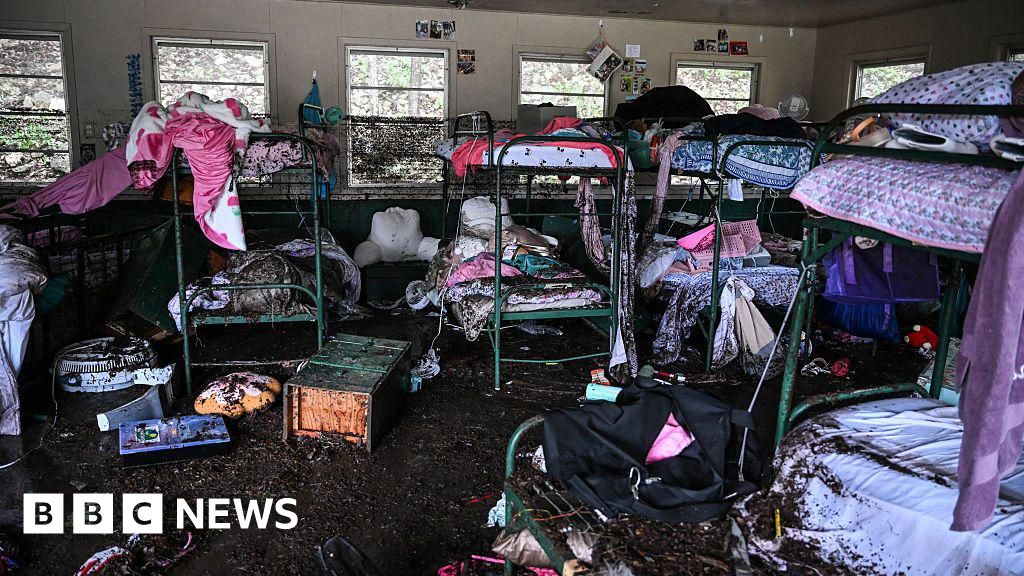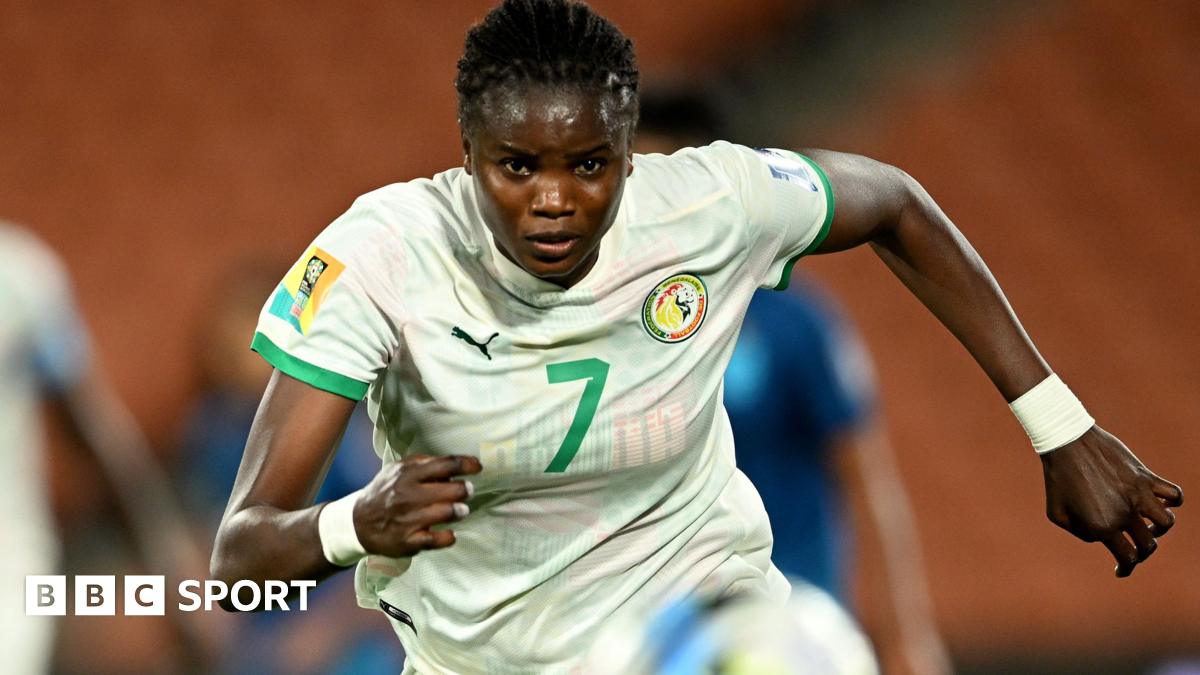Te Whare Wānanga o Waitaha | University of Canterbury (UC) second year Ph.D. scholarship student Sebenele (Sebe) Thwala, working with supervisors Dr. Chris Stevens and Prof Jörg Frauendiener, has been modeling how gravitational waves interact across the universe from the distant past to the far future.
Sebe says most simulations cut off the faraway parts of spacetime and make rough guesses about what happens there, which can lead to errors.
“When something dramatic happens in the universe—like two black holes merging—it sends out ripples in the fabric of spacetime called gravitational waves. We detect those ripples here on Earth, but we don’t get to see the event directly,” she says.
“To measure energy and momentum accurately, you actually have to look really far away from where the action is happening, basically at an infinite distance. But if we simulate the whole thing properly, from the infinite past to the infinite future, we can avoid mistakes and get a clearer picture.
“This also helps us understand what happens when a gravitational wave hits a black hole, how much energy the black hole takes in, and how much energy is sent back out as more gravitational waves.”
The research is the first time the “absolute beginning” and “absolute end” of the process has been incorporated into a single computer simulation.
The study, in Physical Review Letters, titled “Fully Nonlinear Gravitational Wave Simulations from Past to Future Null Infinity,” has been published as an Editors’ Suggestion, which denotes papers judged to be particularly important, interesting and well-written.

Originally from Eswatini (formerly Swaziland), Sebe completed her master’s degree in South Africa. Around that time New Zealander Chris Stevens was also based in South Africa, and looking for students who might be interested in furthering research on particular gravitational physics topics.
The COVID epidemic got in the way initially, but then she was able to take up the invitation to University of Canterbury to complete her doctorate.
Now her supervisor, Senior Lecturer in Applied Mathematics Dr. Stevens, says getting the paper accepted in Physical Review Letters is a rare feat at any career stage.
“This is an extraordinary milestone for a second-year Ph.D. student, but to also receive the distinction of Editor’s Suggestion marks this work as truly exceptional. It reflects not only groundbreaking scientific insight, but also a level of impact, clarity, and originality that stands out internationally over a broad range of fields in physics.
“Achievements of this caliber so early in a research career are exceptionally rare and speak to a scholar of outstanding promise,” he says.
Sebe is not sure what or where her own future lies yet. She would like to complete her doctorate over the next year or so. While her dream would be to continue with post-doctoral research, her mathematical modeling and coding skills could also land her a job in many industries.
“I’m being led by where the opportunities are,” she says.
More information:
Jörg Frauendiener et al, Fully Nonlinear Gravitational Wave Simulations from Past to Future Null Infinity, Physical Review Letters (2025). DOI: 10.1103/PhysRevLett.134.161401. On arXiv: DOI: 10.48550/arxiv.2504.02188
Citation:
From way back to the future: Space-time ripples modeled in new study (2025, May 21)
retrieved 21 May 2025
from
This document is subject to copyright. Apart from any fair dealing for the purpose of private study or research, no
part may be reproduced without the written permission. The content is provided for information purposes only.


















